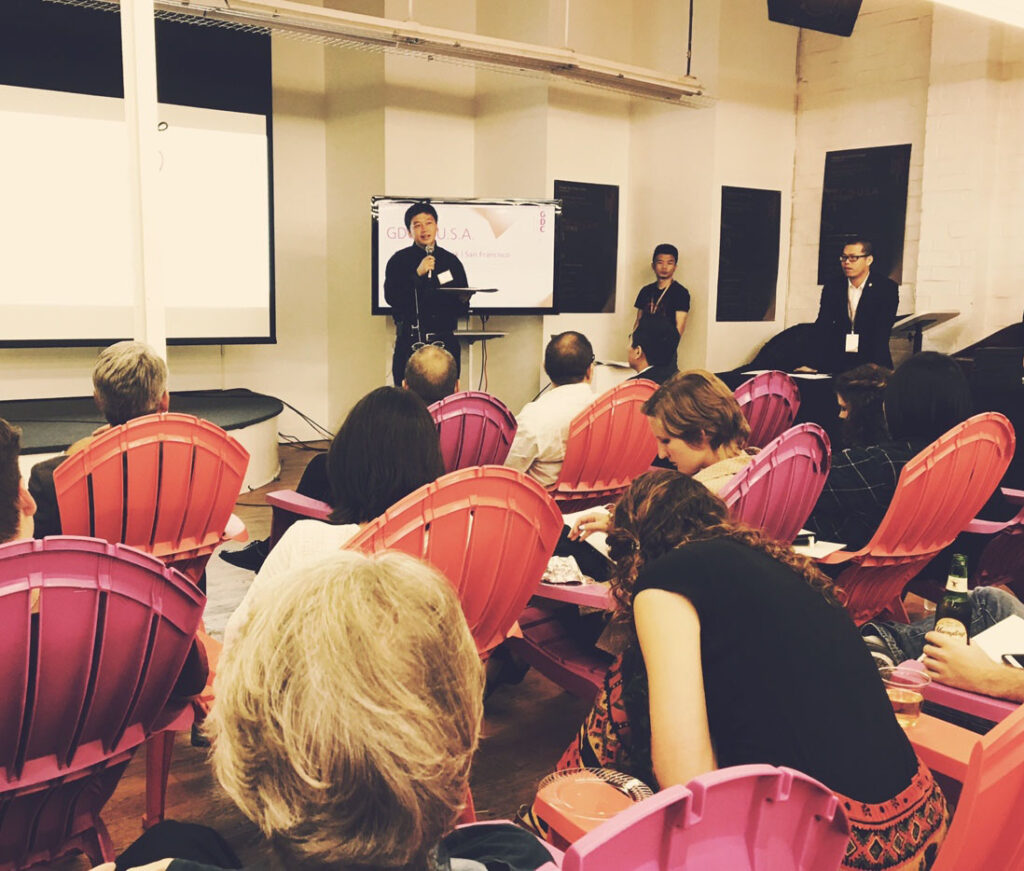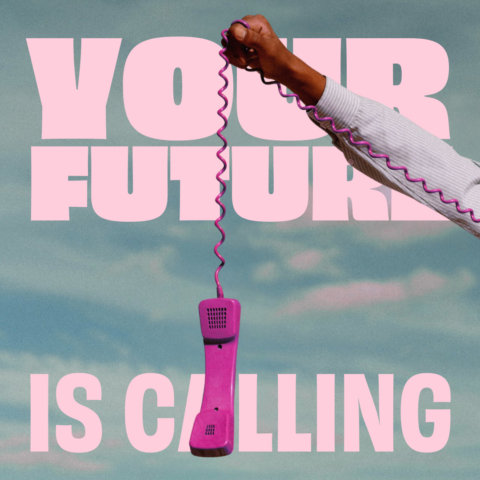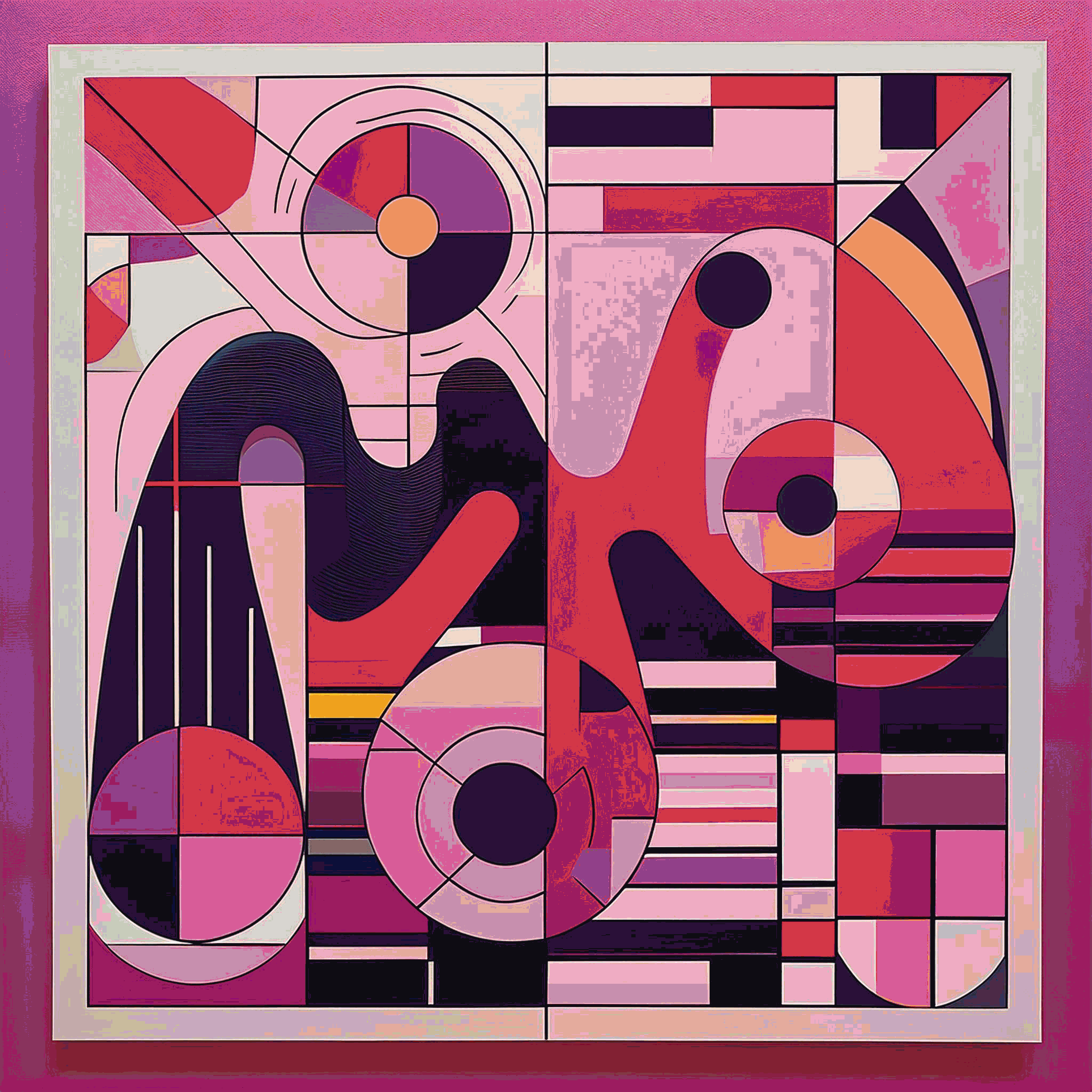
How To Become A Designer: Only The Facts
Becoming a designer isn't like becoming a lawyer or a surgeon. It's not one single, clear, and well-defined path.
As Robert Frost wrote, this is the road less traveled.
Still, the lack of a traditional ladder does not mean a lack of clear strategies or advice for a budding designer. Quite the opposite.
For more than 20 years, we've been training the world's best designers. Our graduates have gone on to incredible roles—like serving as the Experience Design Lead at Adobe or as the Senior Vice President for User Experience at Oracle.
Naturally, with all that experience and all that success, we've learned a thing or two about what it takes to make the design world your oyster. And now we've collected all we've learned right here, for your education. Happy reading.
Get The Gear

Yes, unfortunately, the first step here will cost a bit of money. Here's the good news though: whatever you spend here will serve as a terrific investment in your future.
In terms of bare-minimum needs, you'll certainly want to have a fairly high-end laptop (lots of RAM, big hard drive, quick processor...) and a few key pieces of software—subscriptions to Adobe Creative Cloud and Sketch are pretty much essential.
Beyond that, many designers will want to have a pen tablet as well (think iPad or a Wacom), a Pantone color guide, an external hard drive (those files get big), and quite likely a nice monitor for working at home.
Of course, no one is saying that any up-and-coming designer needs to invest all their hard-earned scratch on all these bits of equipment right away. But...the investments do tend to pay off in the long run.
Take it into consideration.
Intern (Work Experience)
There's no denying that design as a discipline can be a deep and fertile ground for learning. The theory, the history...there's plenty of meat on that bone. People spend their whole lives as students of that world.
That's well and good. However...
When it comes down to it, you don't just want to learn about design—you're here to become a designer yourself. And that means that pure theory just isn't going be enough.
You'll want to have been there before. You'll only know if you're ready for the big time if you've practiced it all a million times.
And that's what an internship is. A real internship (not a half-summer gig in the coffee corps of an insurance company).
For a designer, nothing can replace the energy and experience that comes from a genuinely challenging internship. All your training, all your reading, all your internet research...it's not quite the same as what you'll encounter when crafting designs for real, paying clients in the context of a real business.
Suddenly, when the money is on the line, things get a little more serious. And you know what? They often get more fun, as well. All in all, you end up learning at a far faster pace. Not only that, but you're learning how things work in the real world. Where do people cut corners? How do people interact? Where do the pros spend their time, and how do they maximize their abilities?
You'll learn it all. And the value is immense.
Learn The Tools

Design software is like social media—the landscape is forever changing.
Will you ever master every available tool? Not unless you're willing to survive on 2 hours sleep (actually, not even then).
BUT...
You can devote yourself to mastering the essentials. The Adobe suite, for example, is mandatory. Beyond that? The horizon stretches ahead of you. Sketch, Abstract, Procreate, and others...they're all useful. Each requires an investment in time to truly excel in...but could well end up becoming your secret weapon in an interview, or on a particularly stubborn site design 5 years down the line.
When it comes to learning all these skills, you've got the internet on your side. Check out a site like Skillshare for seriously useful classes (if you're willing to part with some cash) or consider LinkedIn Learning. There are also hundreds (if not tens of thousands) of eBooks, websites, Youtube videos, etc, all dedicated to helping designers (young and old) learn their craft.
With a good dose of diligence and patience, and a world of information at your fingertips (online tutorials, short courses, classic books, training videos, boot camps), you can guide yourself into the profession.
Find Inspiration

Here's a chance to really get a step up on the competition.
In the words of Oscar Wilde: “You are what you read.” In the design realm, that means you have an opportunity—to carefully curate and consume the leading ideas of our day, from the brightest minds in the industry.
Seek out designers who speak to your head and your heart. Follow them on IG and LinkedIn. Look for their books through Amazon, the library, or even Goodwill. Do anything you can to take in the fundamentals of your new world. Learn the controversies, and develop your own opinions on them (that'll be useful at parties and conferences). Make yourself the renowned design expert of your own group of friends.
The good news here is that you're not alone. At M.AD, for example, we carefully select leading designers and invite them to speak directly to our students in what we call Industry HERO sessions. We consider it an opportunity for our future superstars to learn immediately from the brightest lights of today.
And of course, if not through M.AD, there's always a great webinar going on. Check out Eventbrite or another event-hosting site and find out what free lectures you can find coming up. There's bound to be a golden opportunity just one click away.
Passion Projects
We've already mentioned how quickly things change in the design world. Trends come and go. What was the latest software quickly becomes obsolete. It's a fast-paced industry.
That's why one of the most important qualities of a successful designer is raw enthusiasm. Their love for the craft. The drive to stay up late, to keep learning, to explore the outer limits of their own capabilities.
The best way to stoke that fire is to work on projects for yourself. Or even for a friend. Something you work on because of the interest and joy of it. That's not to say you can't make some money from the project. Quite the opposite: earning a little cash from a passion project is likely to make it feel all the more real.
What you do isn't necessarily the most important thing. What's crucial is that you understand what it's like to lead your own team. Feel the pressure and excitement of working to fulfill your own impeccably high standards. What's essential is that it helps you find your voice.
Build a Portfolio
Creative work isn't like insurance, or sales, or even retail. Hiring managers will take a look at your resume, sure...but it won't ever be enough. No creative professionals do their hiring exclusively based on a page filled with 12-point Times New Roman bullet points.
No, in the creative world it's all about the portfolio.
Your portfolio should be an extension of yourself—a pure representation of your skills and sensibilities. A stranger should be able to look through it and understand what your creative spirit is all about. They should also look at it and think to themselves, "Goddamn, this kid has it".
Prototypes, apps, books, web pages, art pieces, even a freaking speculative TV pilot...they could all find a place in your portfolio. You don't want to be stymied by your perception of what a job application ought to look like. You want to wow a prospective interviewer with an overwhelming impression of your professional skill.
In fact, that's why M.AD Design programs place such an emphasis on crafting a thrilling portfolio. Because at the end of the day, it'll be your key into the wonderful world of creative work.
The M.AD Advantage
We get students jobs. That’s just what we do.
For more than two decades, the Miami Ad School has been the go-to name for professional creative education in America. Our reputation is unimpeachable. And there’s a reason our grad placement rates are consistently in the high-90s: we focus on teaching you the skills and giving you the tools that real employers really want to see.
At M.AD, students develop a professional network of reliable contacts that can help you advance through your career for years in the future. Our grads consistently point to the friends and mentors they found while here as a source of help when beginning their careers. Add in a professionally curated portfolio of projects for real-world clients? It would be difficult to graduate with a bigger leg up in the job race.





